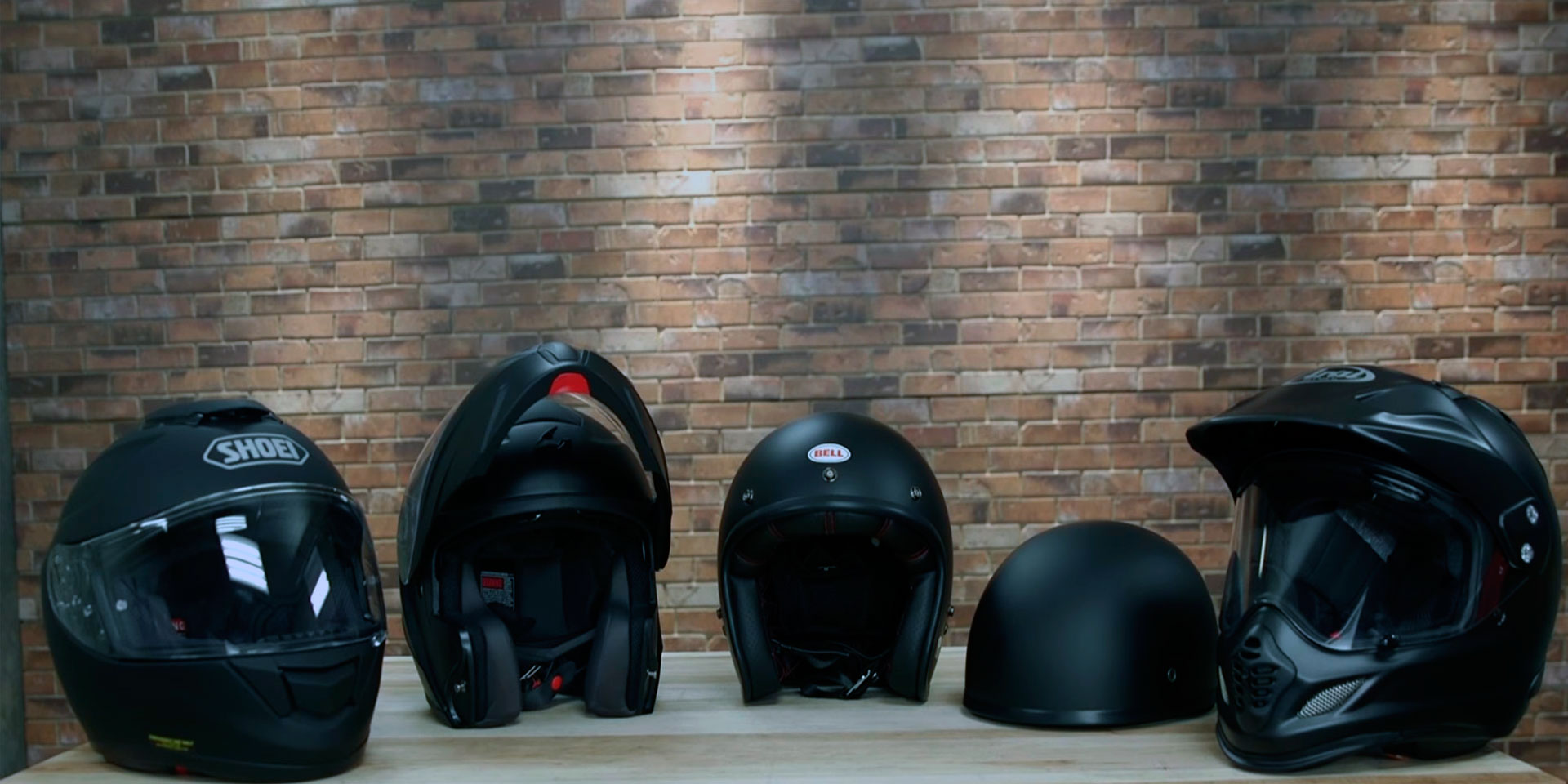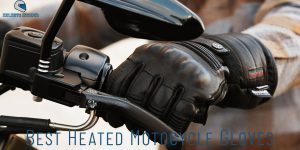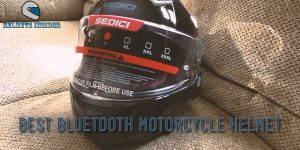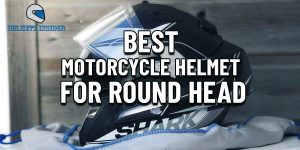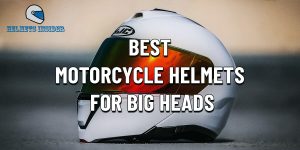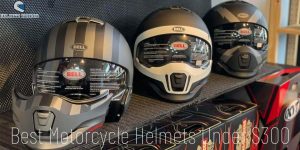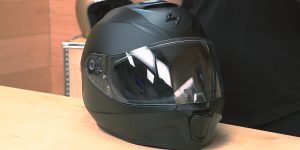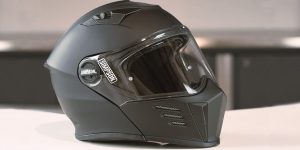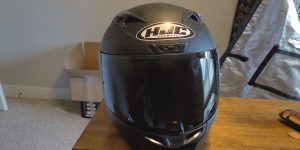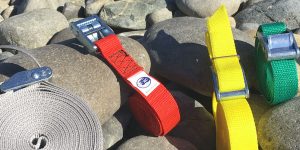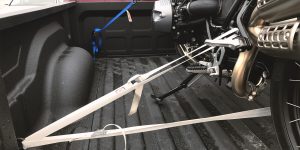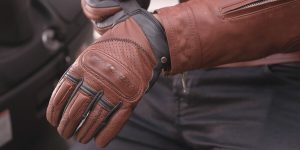One of the most essential pieces of safety gear for any rider is without a doubt a helmet. It is the helmet that will take the press upon itself, reducing the risk of head injuries to a minimum.
For this exact reason, it is crucial to choose one that offers a high level of protection and is durable enough to withstand crash impacts. To help you make the best choice, read on to find out what different types of motorcycle helmets exist in the market and see how they stack up against each other in terms of durability and protection.
Types and styles of motorcycle helmets
The market has tons of models of motorcycle helmets; however, they all fall into the six main helmet types. Here they are
Full-face motorcycle helmets

As you can decipher from the name, full-face motorcycle helmets are designed to provide the most protection for your head, face, and neck. On top of that, it is the only type of motorcycle helmet featured with a chin bar, meaning it is also stronger structurally and will keep your jaw protected in the event of a crash.
Another standout feature of full-face motorcycle helmets is that they are perfectly suitable for all-year wear. Thanks to the ventilation channels integrated into the helmet’s design, you can open them to allow some fresh air in when riding in the summer or fully close during cooler months.
Other features that are often added to full-face motorcycle helmets include Bluetooth, various protective coatings, and visors that can adjust to the sun.
In general, this type of helmet is the most versatile, making it suitable for all types of roads and distances.
Open-face (3/4) helmets
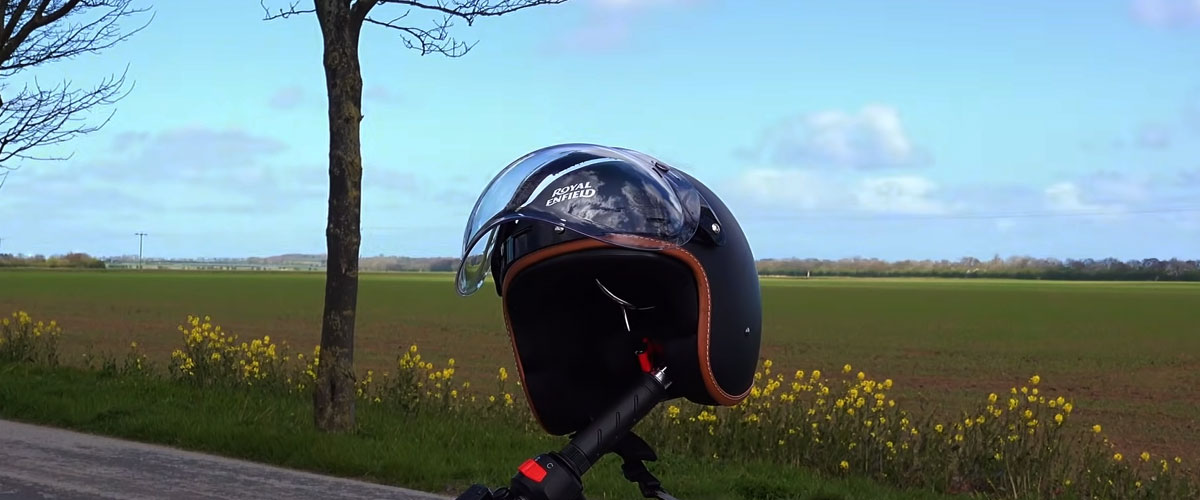
Open-face helmets, also known as ¾ helmets, are another popular choice among motorcyclists. What distinguishes open-face helmets is that they are a bit less heavy than full-face models while being equally strong construction-wise.
Aside from that, because they do not cover your face, they allow fresh air to flow inside the helmet, making them particularly suitable for scooters, tourers, and cafe racers who enjoy the wind in their face.
The openness of a helmet, however, also means it can’t protect you from rain, snow, bugs, and road debris, which can be an issue for those who live in areas where it rains nearly every day.
Half shell helmets
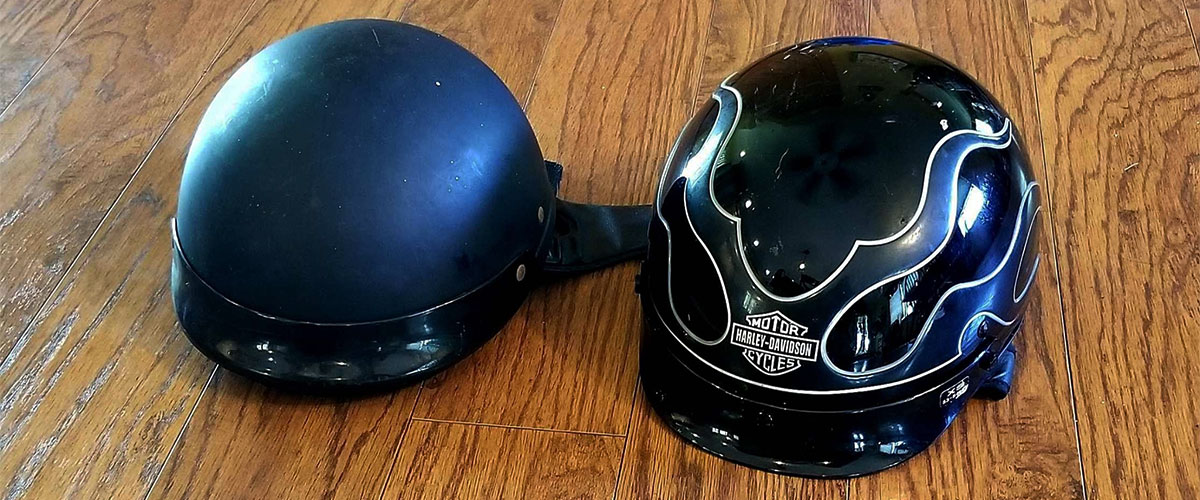
Half shell helmets offer just minimal head coverage and rarely include any technological features such as Bluetooth or visual and high-visibility designs. However, despite that, many riders still opt for them. What makes these helmets so popular is that they offer a better view, comfort, and ventilation compared to the other motorcycle helmet styles available and often have a nice-looking design, allowing riders to express their style.
If you choose this type of helmet, be sure to additionally purchase goggles or special riding glasses to protect your eyes from bugs and road grit when riding at high speeds.
Modular motorcycle helmets
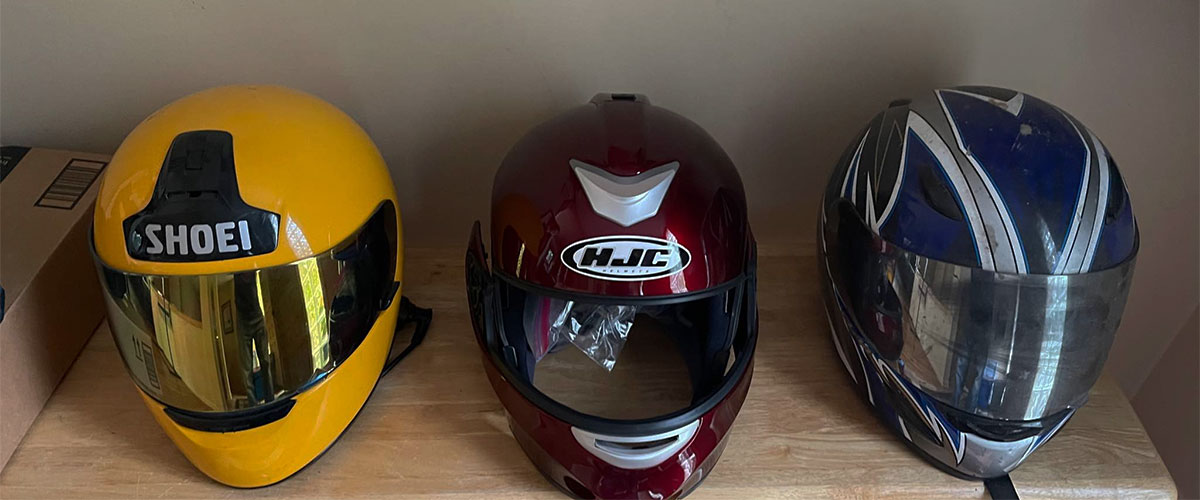
Modular or flip-up motorcycle helmets have a very similar design to a full-face helmet. However, they are not created equal. What differs them is a chin-bar section, which in modular models can be pivoted forward and flipped up. So, essentially, this type of helmet offers you the best of both worlds, providing enough coverage while also making it easy to quickly transform it into an open-face helmet.
Modular helmets are not totally flawless, though. Sure, they can be more convenient for when you want to make a phone call or go to the shop, but when it comes to safety, they are a bit less protective compared to full-face models. This is mainly due to the number of additional components incorporated in the design, including pivot hinges in the chin and jaw areas of the helmet. Not only do they react differently to impact crashes, but they also add to the helmet’s weight.
Still, if you value the convenience of modular helmet design and you’re primarily riding in an upright position, a modular motorcycle helmet may be an ideal choice for you.
Dual sport helmets
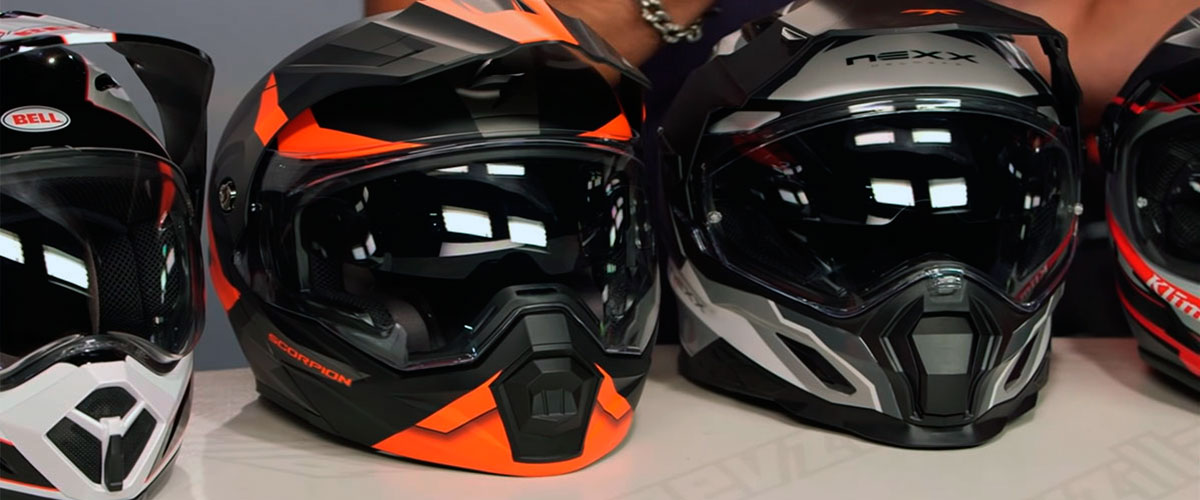
Next on the list come dual sport helmets (hybrid, endure, or adventure). These helmets combine the features of full face and off-road helmets, providing a larger visor shield and lower chin bar, as well as the ability to easily snap into an up position so that it will be possible to wear them with goggles underneath. At the same time, they also feature better padding and greater insulation like full-face helmets, making them suitable for riding off the road. All of these features make them ideal for users who often mix terrain on the same day.
Dirt bike helmets
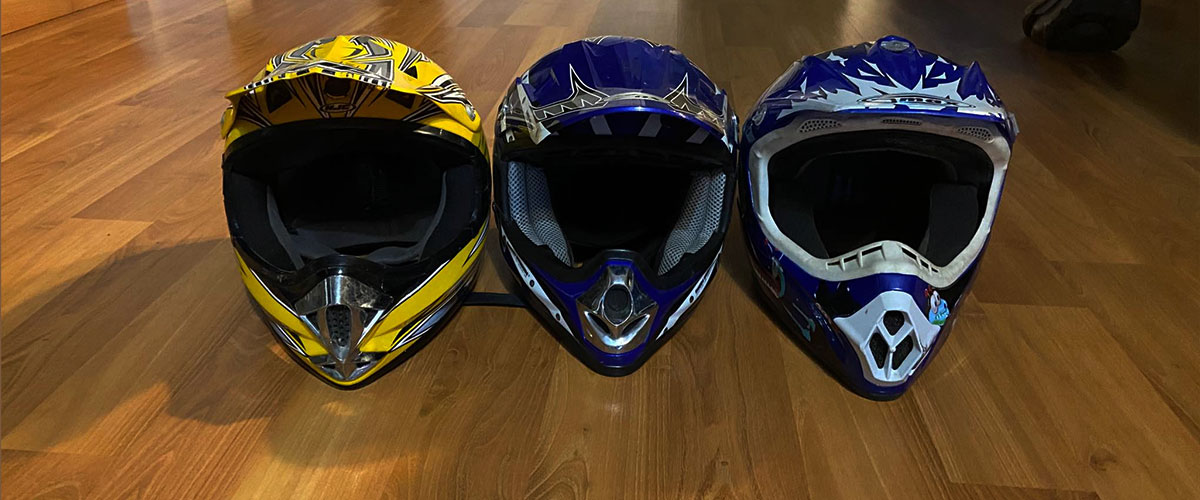
When it comes to dirt bike helmets, these are designed just for what the name says – riding on dirt roads. Compared to the other helmets, they are much more lightweight and have no added insulation for better air ventilation, making them suitable for riding in warmer months. Besides that, they have no added eye protection, so you will need to wear separate glasses or goggles inside the helmet. This, however, is more of an advantage than a disadvantage because it is much easier to clean off dirt only from goggles than from the visor after each ride.
Designed for a minimum weight and maximum protection, dirt bike helmets rarely include innovative comfort features like Bluetooth or anything along the lines. However, they do have a few “sun peak” attachments that can be adjusted to block sunlight and keep away mud kicked up by the rear wheels of the rider coming just before you.
So, if you are a fan of off-road racing and are not going to ride in the city, dirt bike helmets can fit you perfectly.
What type of motorcycle helmet is the safest?
At this point, we can already say that among all types of motorcycle helmets available, full-face models are the safest choice. Not only do they offer the largest head protection, keeping your face and neck secured during rides, but they also have better eye protection so that you can enjoy your ride instead of having to fight with the bugs and road debris flying into your eyes. In addition to that, full-face helmets have a reliable chin bar. With all of this in mind, it’s easy to see why full-face helmets are considered the best choice for all styles of riding and are particularly suitable for beginners who have only recently taken up the riding hobby.

